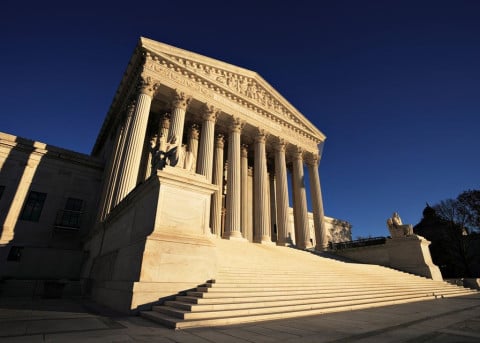
Oral arguments are being heard today at the U.S. Supreme Court in the Gill v. Whitford case. I hear you asking yourself "why do I care?".
Gerrymandering is the practice of drawing political boundaries with the intention of influencing the outcome of elections. This happens all the time, and has eventually over the years become accepted legally. However, as with many things in Wisconsin, the last few years have seen this practice being carried to an extreme. The Supreme Court has in the past indicated that they might be willing to hear an argument against gerrymandering of districts if there was a way to attach a practical measure of how the method of drawing the districts causes an influence on the outcome of elections.
Gill v. Whitford is intended to be that case. I will not go into the math involved (though it's not that complicated) and simply say that a measure has been made of how unfair legislative districts are, and Wisconsin is by this measure an extreme case. In general it means that the winners of elections across the state do not reflect the opinion of the electorate, but is influenced by how the districts have been drawn. In general terms this amounts to arranging the districts in such a way that a small number of districts are made safe for the opposing party, while making a larger number of districts safe for the party in power, which has drawn the maps.
Lower courts have ruled that the legislative districting in Wisconsin is unfair, and the state has been required to re-draw the maps in a fair manner. All of this has been held up as the case has gone to appeal with the federal Supreme Court. The fairness of elections in Wisconsin is at stake, and indeed this could influence the fairness of elections across the country. It is an extremely important case. This video will help to explain what has been going on, and the timeline of the case up until today.
